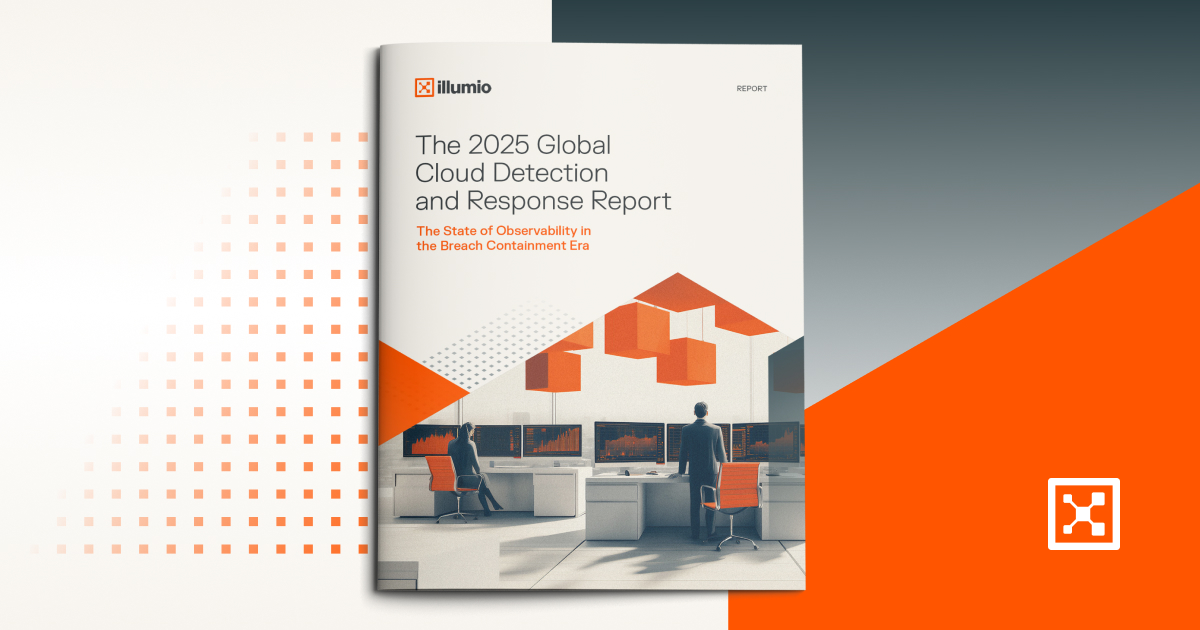Before You Deploy Agentic AI, Read This: Why Zero Trust Must Come First
Agentic AI is the new darling of the AI world. I’m hearing it everywhere. But like most shiny new things in cybersecurity, it’s more complicated than it looks and more dangerous if left unchecked.
In simple terms, agentic AI refers to autonomous software agents that make decisions and act on your behalf. Think ServiceNow agents handling IT tasks, or Waymo cars navigating traffic in real time.
These aren’t just apps running commands. They’re interpreting environments, learning, and acting independently.
That’s powerful and exciting, but if compromised, it’s also dangerous.
Smart security leaders should explore how agentic AI can enhance operations while building Zero Trust protections to contain its risks from day one.
Why agentic AI should be on every CISO’s radar
These agents behave more like humans than machines, and that creates new security challenges.
Do we treat them like users with credentials, access rights, and audit trails? Do we teach them ethics? And how many of them will we end up managing?
In a typical enterprise, you might have 5,000 employees. But with agentic AI, you could easily have tens or hundreds of thousands of autonomous agents running across your environment. That’s an explosion of risk.
Worse yet, these agents are often built on smaller, specialized models called small language models (SLMs) which are easier to manipulate. Security gaps in an SLM will cause significant, widespread issues instantly compared to a large language model (LLM) where risk would be critical but more isolated.
This makes agentic AI a high-value target. Right now, too many organizations are racing to adopt it without thinking through the security implications.
Let’s not reverse-engineer security (again)
We’ve seen it before. A new tech gets rolled out, security is bolted on after the fact, and we spend years trying to clean up the mess. The internet is a great example.
Agentic AI is too powerful — and too risky — for that kind of approach. CISOs can’t afford to reverse security into our AI strategy. We need to embed it from the beginning.
That means recognizing that agentic AI isn’t just another IT asset. It’s a new kind of entity. It learns, adapts, and interacts with other agents. It can be co-opted by attackers just as easily as it can help your help desk.
Zero Trust is the only sensible path forward
If we want to secure agentic AI, we need to stop treating it like magic and start treating it like what it is: code running on infrastructure.
That’s where a Zero Trust strategy comes in.
Zero Trust gives us the framework to contain and control AI agents without making assumptions about their behavior. It lets us:
- Segment agent interactions. AI agents in an application should only talk to each other, not random scripts on an employee laptop, for example. Zero Trust’s principle of least privilege ensures that agents can only communicate with the systems they’re meant to.
- Limit blast radius. If a malicious actor gains control of an AI agent, a Zero Trust architecture with segmentation prevents it from spreading across your environment.
- Gain observability. You can’t secure what you can’t see. Zero Trust makes sure you track communication flows between agents, applications, and users in real time and respond fast when something looks off.
In short, Zero Trust gives you a way to build secure, scalable agentic AI infrastructure before the risks become unmanageable.
Zero Trust: the safety net for AI’s new frontier
Zero Trust creator John Kindervag likes to say, “If you can’t quantify it, it’s not a risk — it’s a danger.”
That’s where we are with agentic AI. We don’t fully understand the scope of the threat yet.
As AI agents become more embedded in everything from IT operations to critical infrastructure, we can’t just hope for the best. We need to assume these agents will be targeted and build our Zero Trust architecture accordingly.
Agentic AI is here. It’s powerful and helpful, but it’s vulnerable. Zero Trust is how we make sure it stays on our side.


